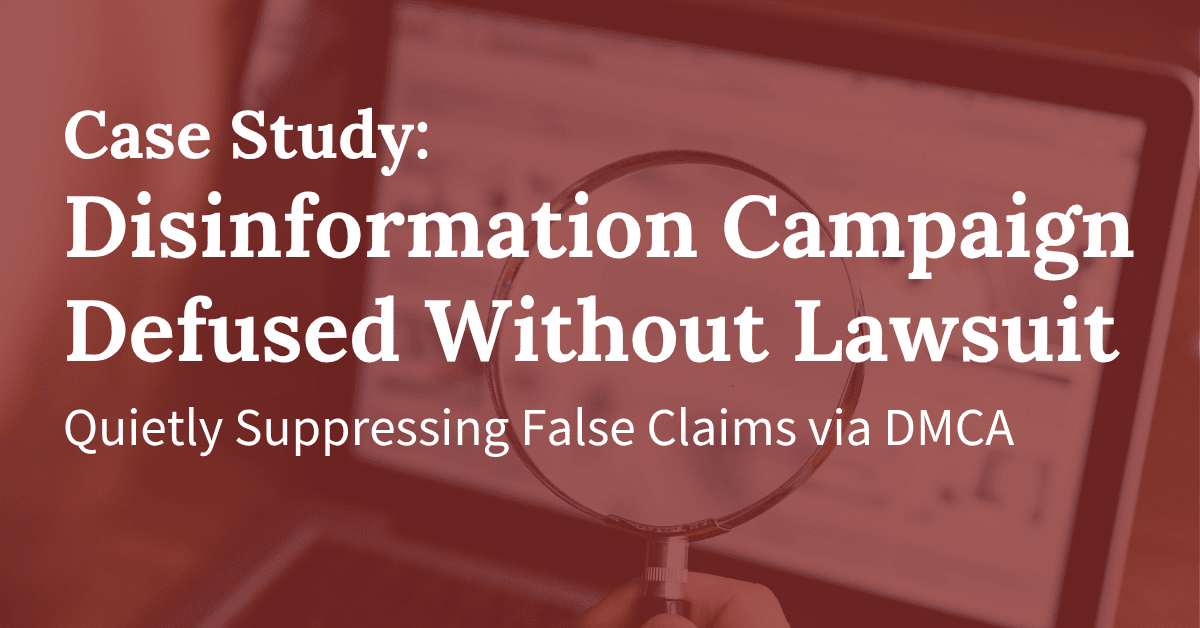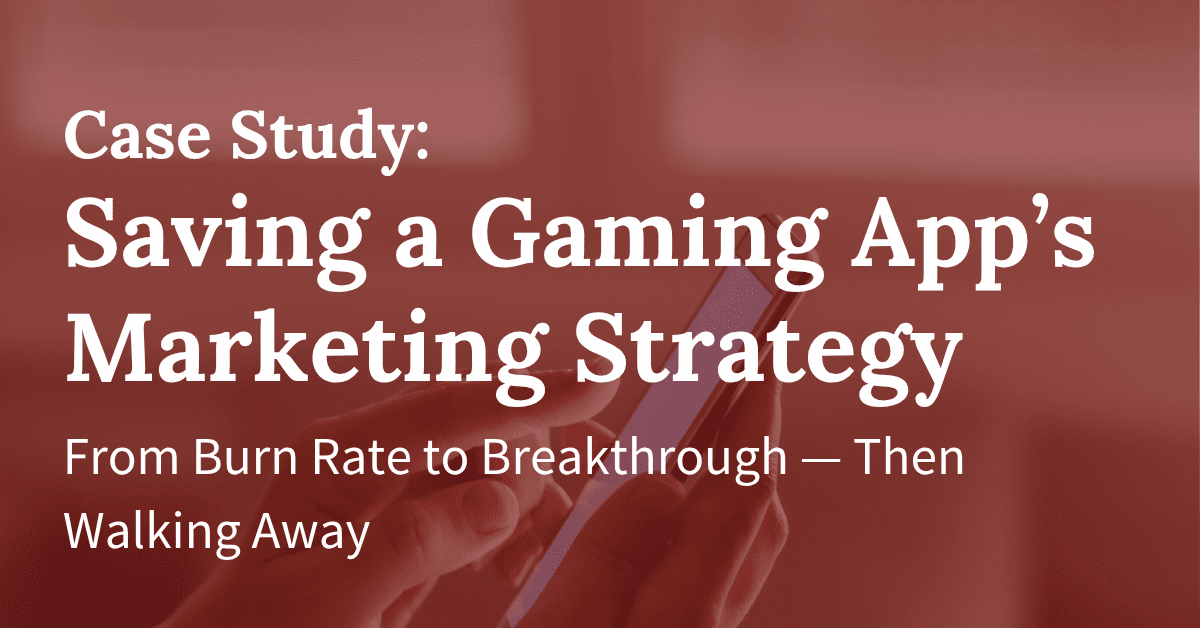Standard reports tell you what already happened or provide generic risk scores. We map what's forming: political power shifts, enforcement priority changes, patronage network stability, and informal dynamics that official reports miss. Our forecasting is operationally focused—built for decision-makers who need to know whether their current position is sustainable, not academics studying markets from a distance.
Initial response within 48 hours. Full environmental assessment and threat identification typically takes 10-15 days depending on complexity and region. If you're facing an imminent decision with compressed timelines, we can deliver rapid triage briefs in 3-5 days. We don't drag out engagements or over-scope assessments unnecessarily.
We've operated across Latin America, Sub-Saharan Africa, and Southeast Asia, with particular depth in post-command economies, cartel-influenced zones, donor-dependent markets, and conflict-adjacent regions. If your operating environment is politically sensitive, institutionally weak, or shaped by informal power structures, we likely have relevant experience. Contact us to discuss your specific context.
Completely. We don't publicize client relationships, create case studies without explicit permission, or discuss your operations with anyone outside agreed communication channels. We coordinate discreetly with your legal counsel, security advisors, and operational teams. No unnecessary visibility. No loose talk.
No. We complement them. We provide strategic intelligence and scenario planning that fills gaps in political pattern recognition and ground-level operational risk assessment. We coordinate with your legal counsel on compliance implications and work alongside your security advisors on threat evaluation. We don't compete for authority or create parallel reporting structures.
We deliver honest assessments, even when they're uncomfortable. If forecasting reveals your position is untenable, we help you understand why, what your options are, and how to exit with minimal damage if that's the right choice. Sometimes the best decision is repositioning. Sometimes it's a managed exit. We help you see which one makes sense before you're forced to choose under pressure.
Yes. If forecasting reveals that risks are unmanageable, exposure is unacceptable, or the operating environment is fundamentally incompatible with your risk tolerance, we say so. We've advised clients to cancel investments, exit markets, and walk away from opportunities that looked good on paper but were unsustainable on the ground. Sometimes the best decision is the one you don't make.
Risk doesn't sit still. If you're operating in a highly volatile environment, we offer ongoing monitoring that tracks whether identified threats are intensifying, stabilizing, or evolving. Quarterly intelligence updates keep your scenario planning current without requiring full-time advisory presence. You stay in control. We stay available when patterns shift.
We don't predict the future perfectly. We identify what's already forming based on patterns we've seen materialize before. Forecasting gives you scenarios and trigger points—not certainties. The goal is better decisions with incomplete information, not eliminating uncertainty entirely.




